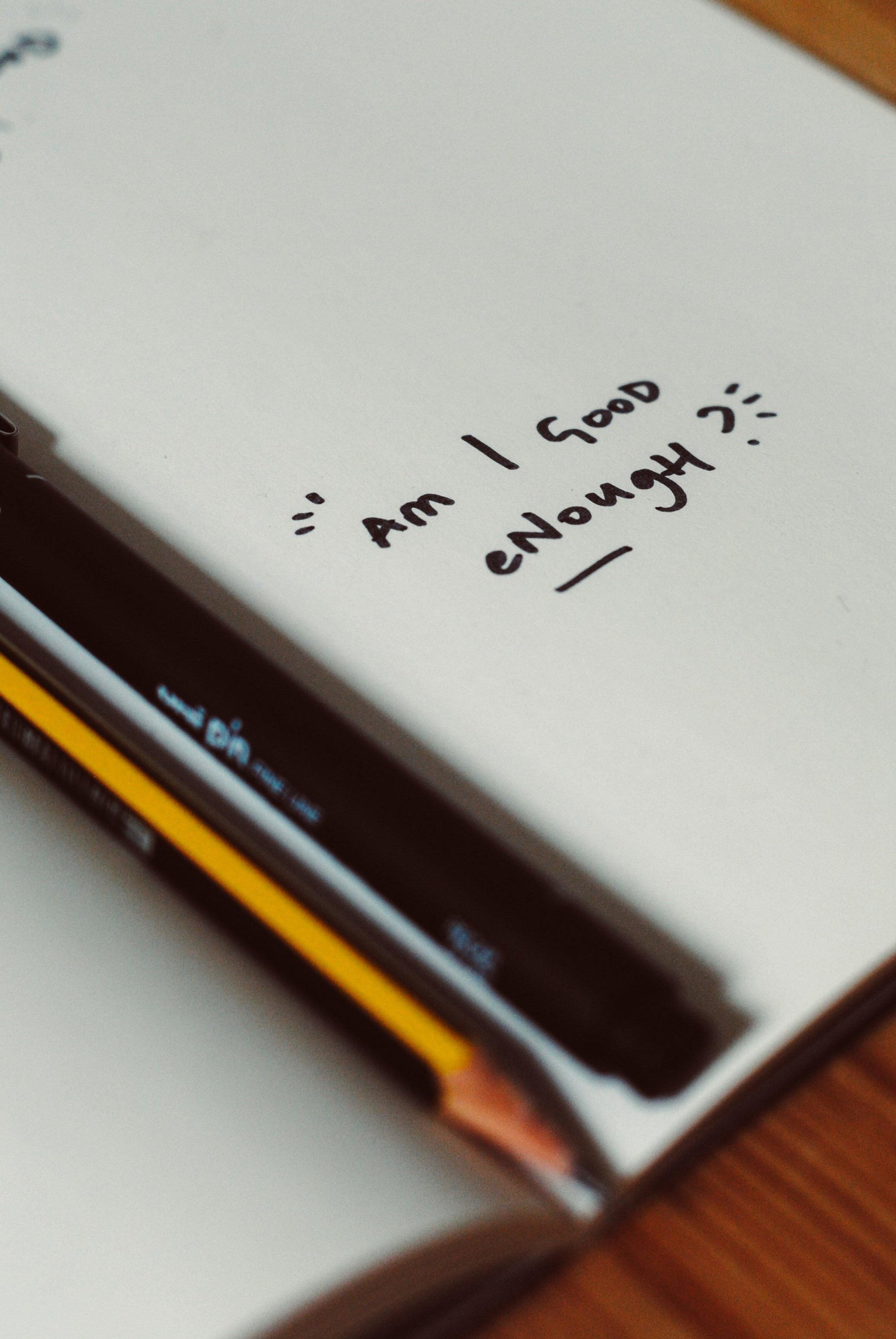The concept of manifestation is not new, however, the way it is practiced has changed significantly over the years. Information about the brain, consciousness, imagery, and self-worth, continues to be studied and researched, and there is great evidence to the science of manifestation. So much evidence has been offered to understand more logically how and why it actually works.
I remember hearing on the Oprah show years ago, and it struck me in a big way, “you don’t become what you want in life, you become what you believe.” This is the foundation of manifestation, and why some of the concepts that popularized it, and made it seem a little out-there of just picture it and it will happen, have not proven to be how or why manifestation actually works. What you are unconsciously creating in your life, is created directly out of your level of self-worth. If you believe you are not good enough, destined to fail, are unworthy, inadequate, unloveable, or even always in danger, then no matter how much you want something, most likely you will find yourself in patterns of subconsciously sabotaging any efforts to create it in your life.
This is where EMDR therapy can be a very powerful and useful technique to integrate with your manifestation, or self-worth improvement process. EMDR therapy (if you want to learn more about EMDR therapy, you can read previous blog posts HERE, HERE and HERE) works to reprocess the memories, experiences, and feeling states that have created or reinforced the negative internalized beliefs that hold you back from living your best life. These negative beliefs create unconscious blocks to moving forward in your life. I know this to be true from both as a certified EMDR therapist, as well as a client receiving EMDR therapy. I have experienced how it helped me unravel more than one negative cognition, or negative internalized limiting belief, which has allowed me to take more intentional and subconscious action towards what I want. EMDR therapy has helped me embody how it feels to be worthy of what I want.
If you are familiar with some of the concepts of manifestation and cast it off as woo-woo, I totally get it. However, there are more and more studies and books out there explaining the brain-based science of how it actually works. I have been doing the work of To Be Magnetic (interested? try it out here with a coupon code here: TBM) for a few years and have seen it work really well with EMDR therapy. The process is logical and there in no woo-woo belief required. What I like about TBM specifically is that she has partnered with a neuroscientist and an EMDR therapist to create the process, which is a wonderful compliment to EMDR therapy, or any therapeutic technique.
Once doing the manifestation work (or any self-development work) many find that they discover that they have one or more blocks related to self-worth. Working through these blocks with an EMDR (or any) therapist can not only speed up the work of manifesting (creating the life you desire) or feeling more grounded in your sense of self, but also create more ease, self-awareness, emotional tolerance, and overall improve your mental wellbeing on many levels.
When you create a vision for what you want and know why you want what you want, you set in motion opportunities for your brain to subconsciously seek it out. When you incorporate how it will feel to have what you want, and align it with your personal values, the why you actually want it, and then practice being in that desired feeling state, you again, set in motion opportunities for your brain to subconsciously seek it out. When practiced repeatedly while simultaneously clearing out the past memories, traumas, and experiences that created the blocks in the first place, you open yourself up to living in alignment with your new internalized beliefs, such as: I am worthy, I am lovable, I am good enough, I deserve what I want, In this moment I am safe, I’m ok…
Curious about integrating EMDR therapy with other types of self-worth development work? Feel free to reach out and schedule a complimentary consultation. You are capable of creating the life you want, the life you desire. You deserve to feel worthy of what you want and to do the work to support your mental, emotional, physical, and spiritual wellbeing.



